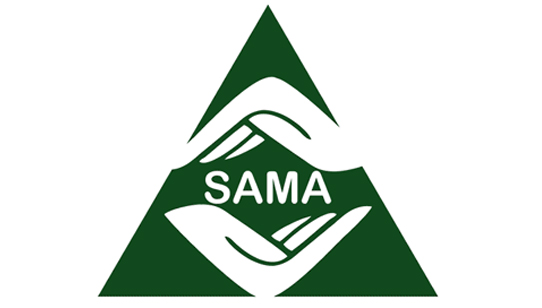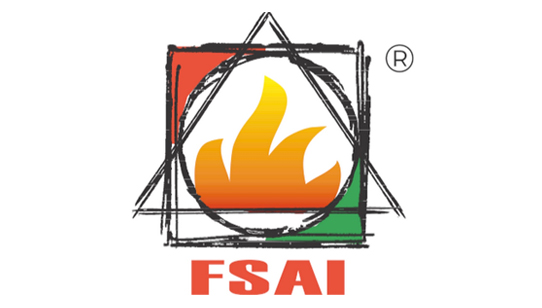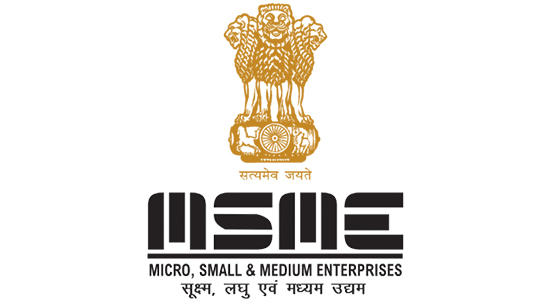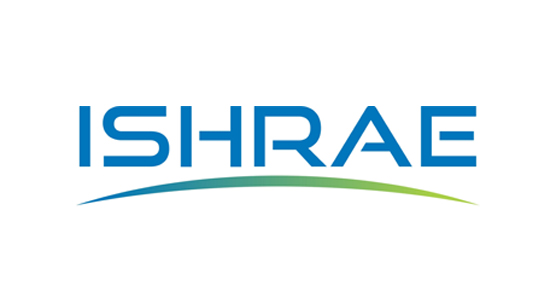Best Practices for Health, Safety, and Environment (HSE):

Prioritization of HSE:
HSE is paramount in
safeguarding lives and assets, particularly in high-risk industrial sectors.
Establishing and executing effective workplace health and safety management
systems mitigate the risks of accidents and ensure a safe working environment.
Fostering Safety Culture:
A strong safety culture
within an organization cultivates values and beliefs that prioritize HSE. This
culture, shaped by employees' social relationships and organizational
structures, leads to improved safety performance, reduced incidents, and
successful near-miss investigations and incident reporting.
Safety Performance Measurement:
Measuring safety
performance aims to mitigate unsafe behaviours and conditions. It involves both
reactive monitoring (identifying, reporting, and managing incidents) and active
monitoring (providing feedback on performance before incidents occur). Safety
performance indicators, including leading and lagging indicators, track changes
over time and inform proactive safety processes to prevent injuries.
Hazard Recognition and Management:
Proactively identifying
and managing hazards is crucial for accident prevention. Implementing proactive
worker hazard identification and prevention programs is essential for HSE
safety performance improvement. Analysing HSE incident data helps identify
predictor variables for future incidents, enhancing hazard recognition efforts.
Data Collection, Analysis, and Sharing:
Collecting, analysing, and
sharing safety data facilitates root cause analysis, hazard exploration, and
improvement of existing HSE safety programs. Regulatory bodies such as the
Occupational Safety and Health Administration (OSHA) oversee workplace safety
compliance and investigate accidents to ensure adherence to safety standards.
Prompt notification to OSHA in the event of serious accidents enables
inspections and corrective actions to prevent recurrence.
By adhering to these best practices, organizations can foster a culture of safety, proactively mitigate risks, and continuously improve HSE performance, thereby ensuring the well-being of employees and the integrity of operations.





.png)







